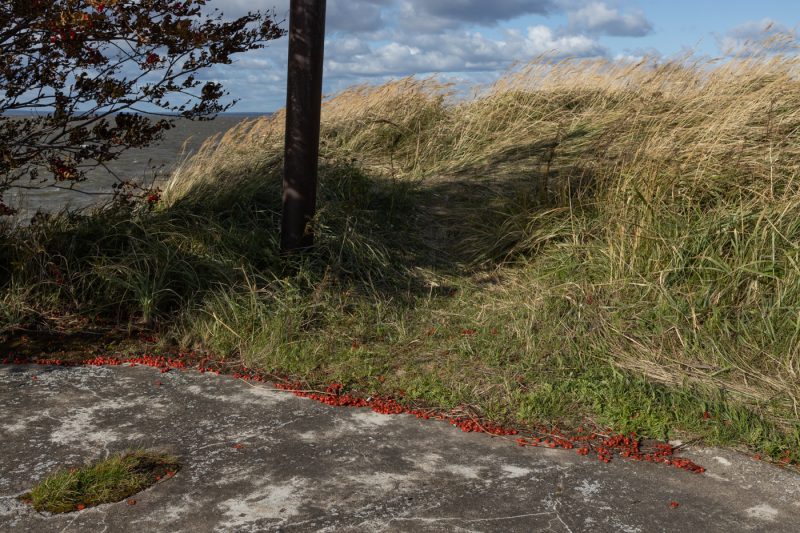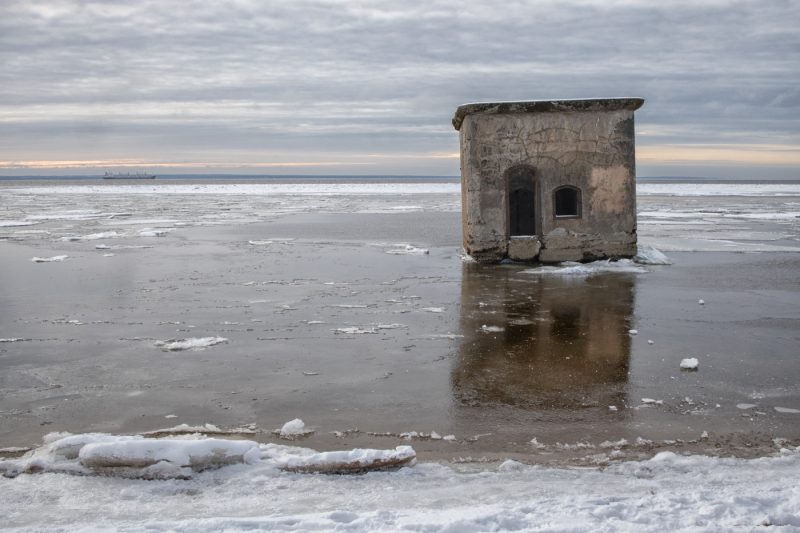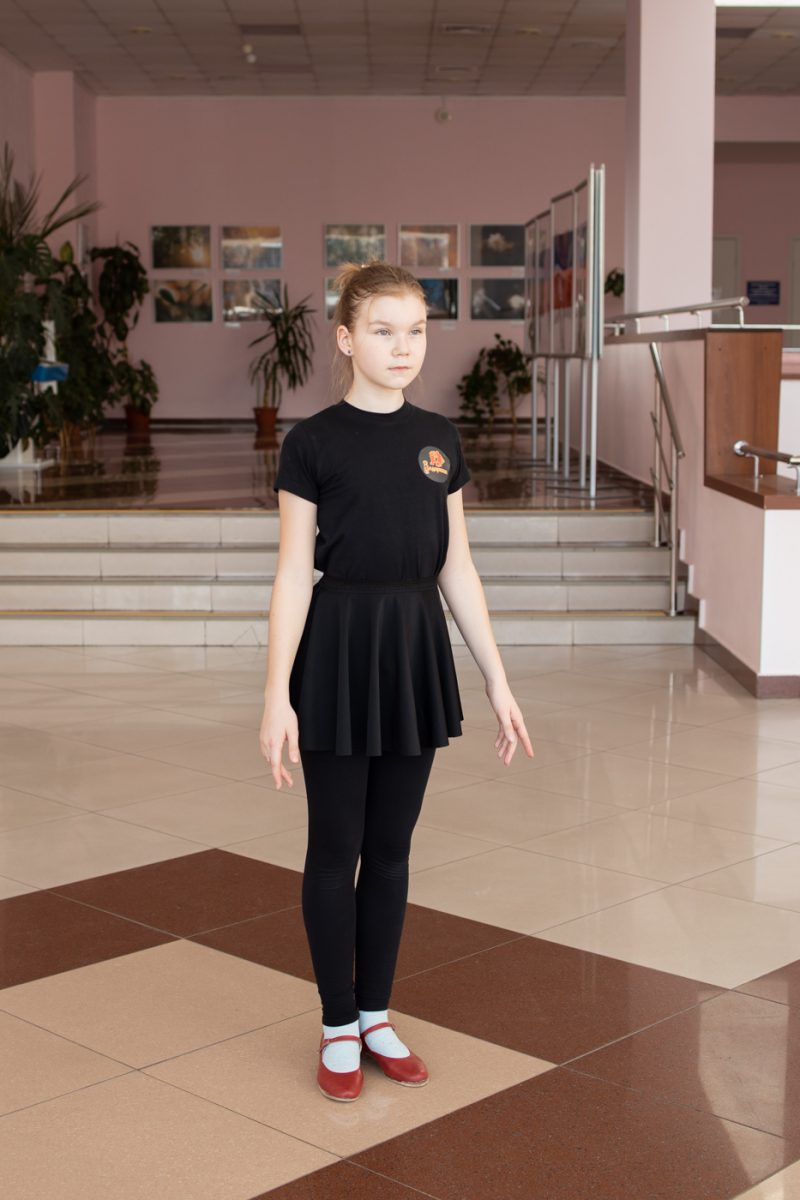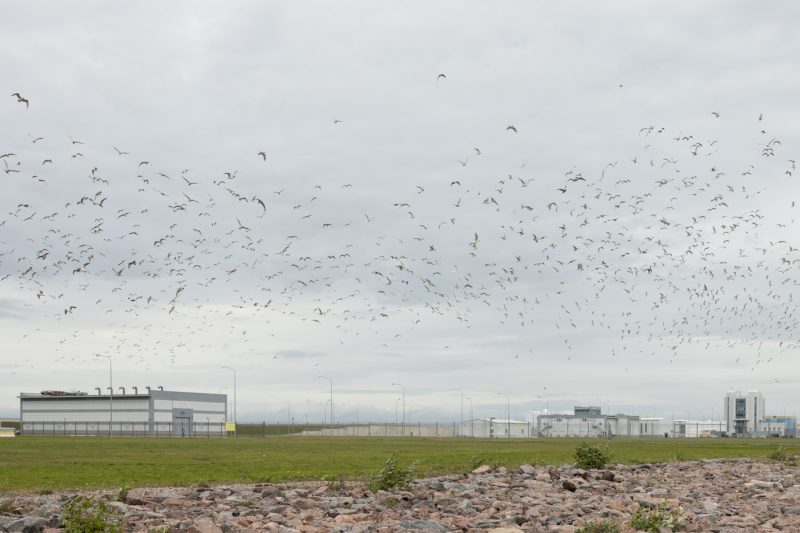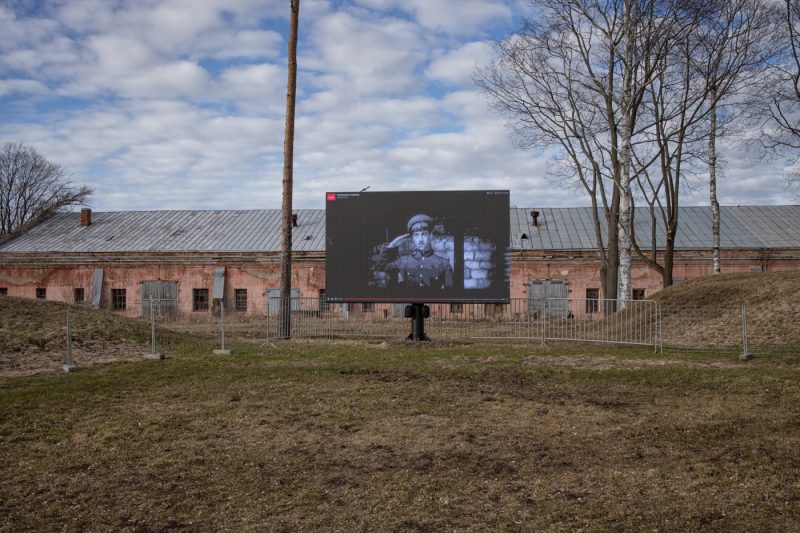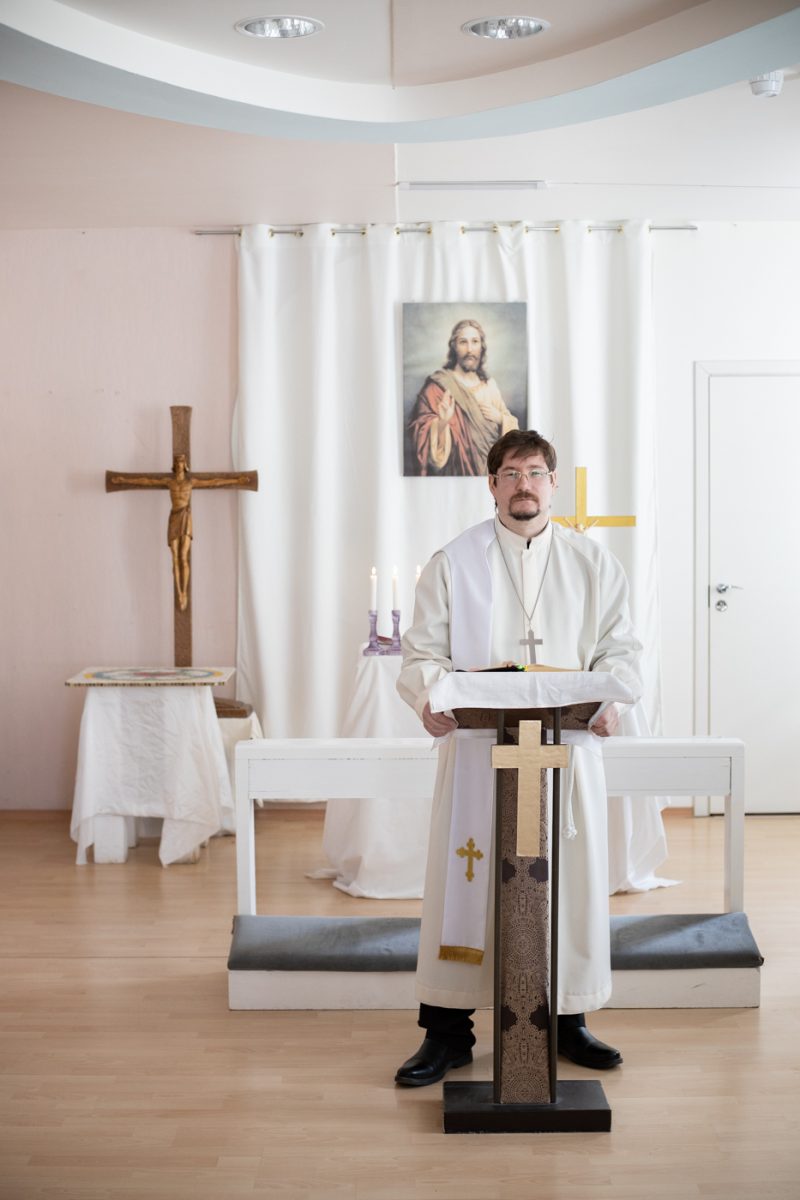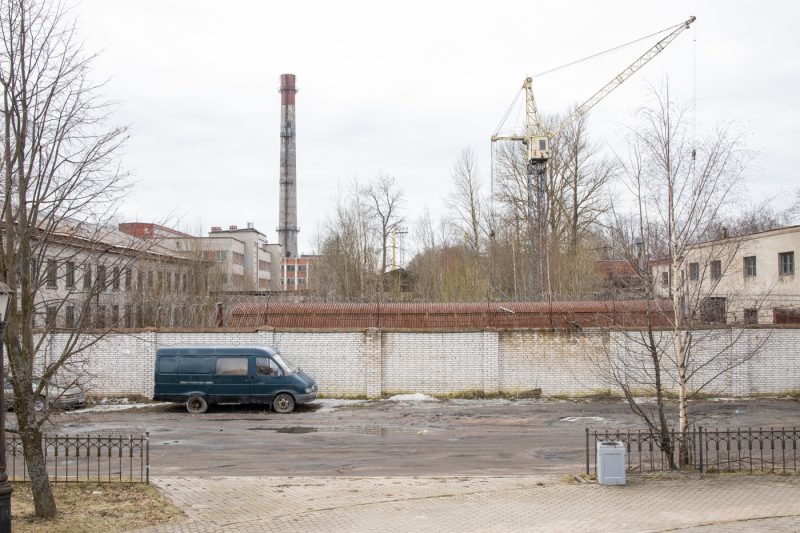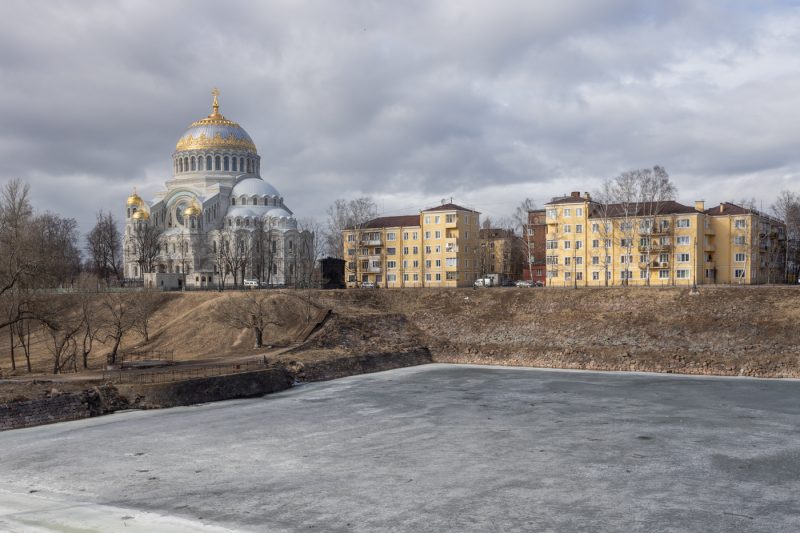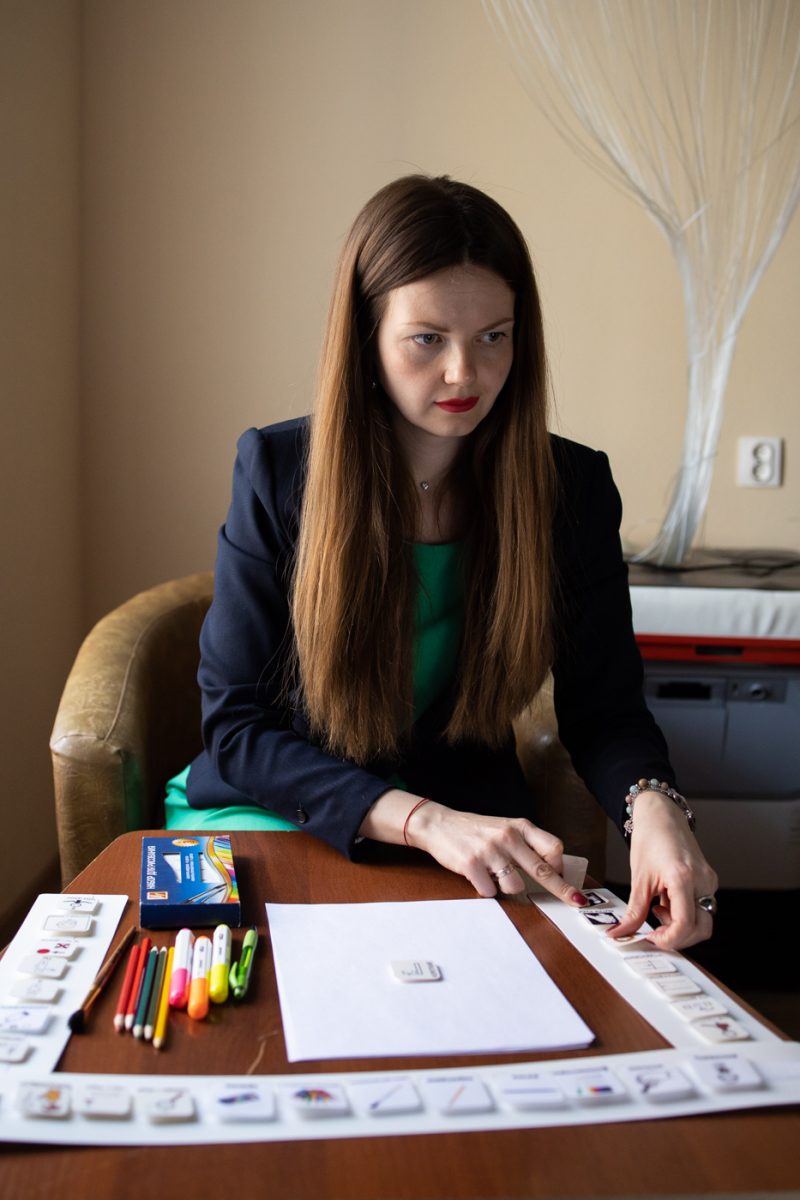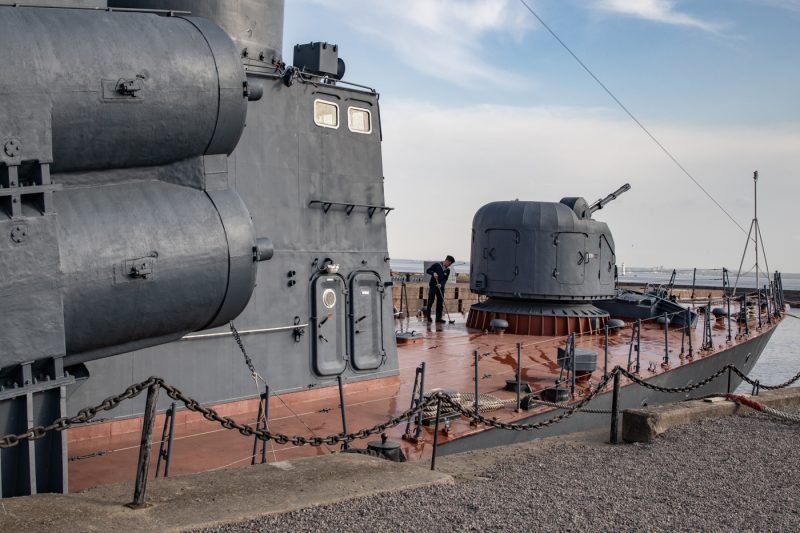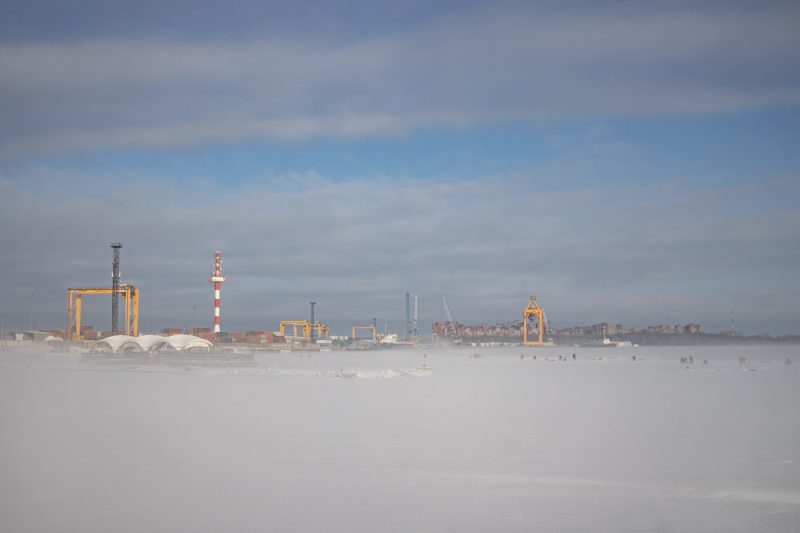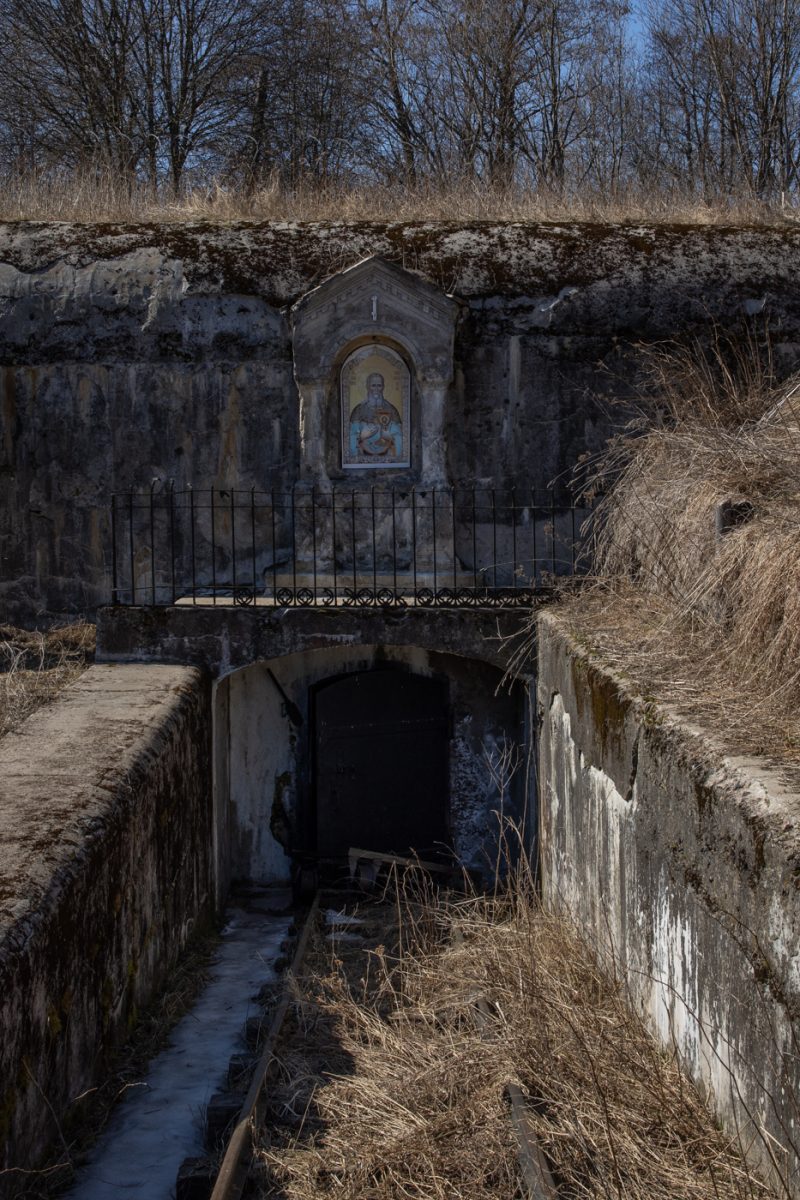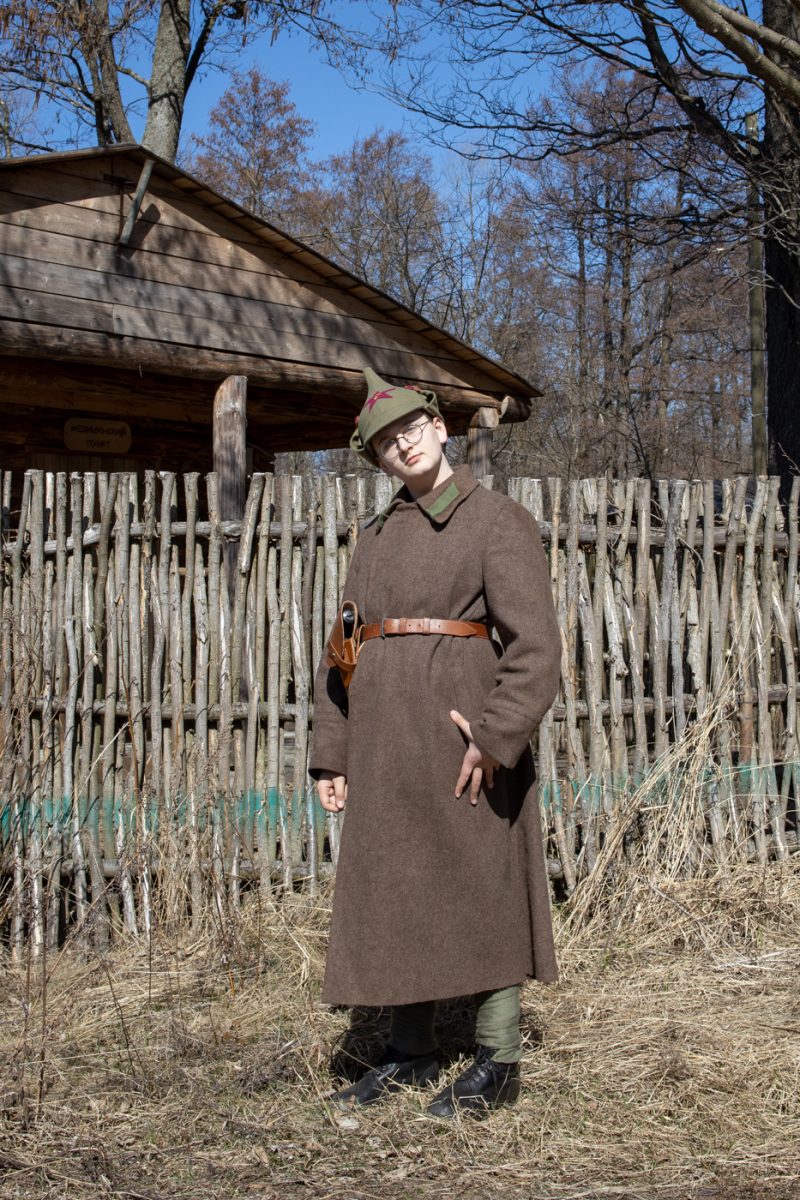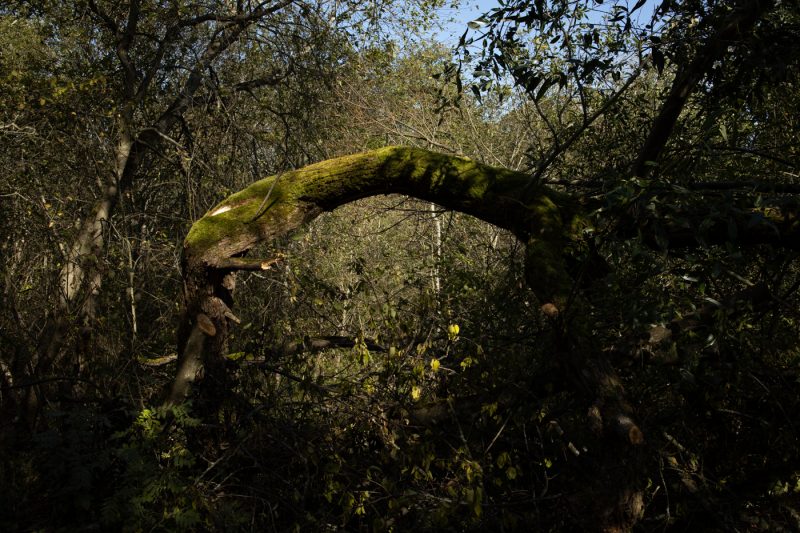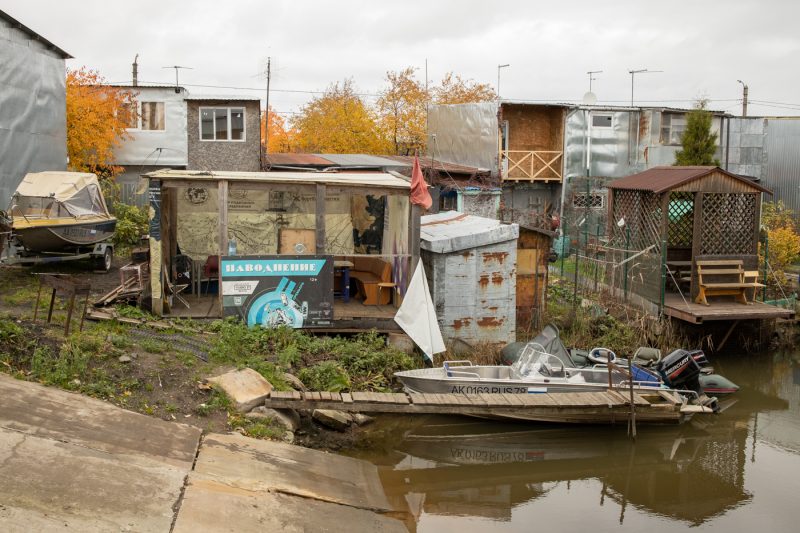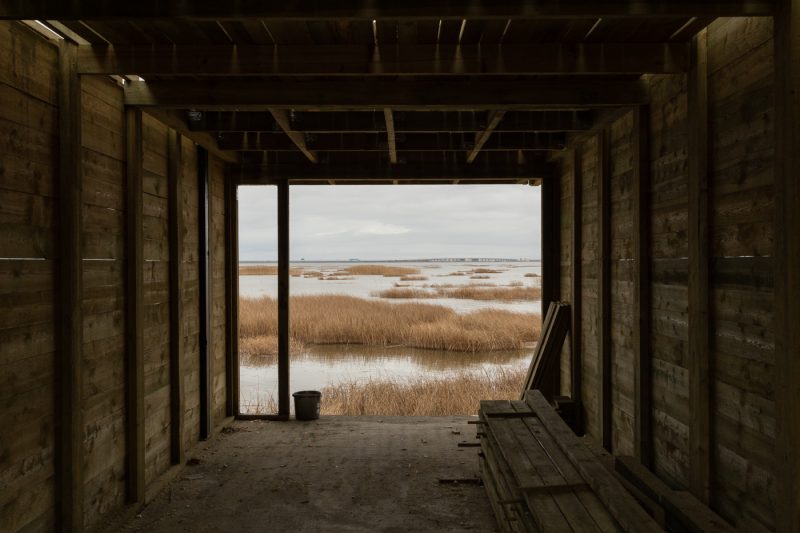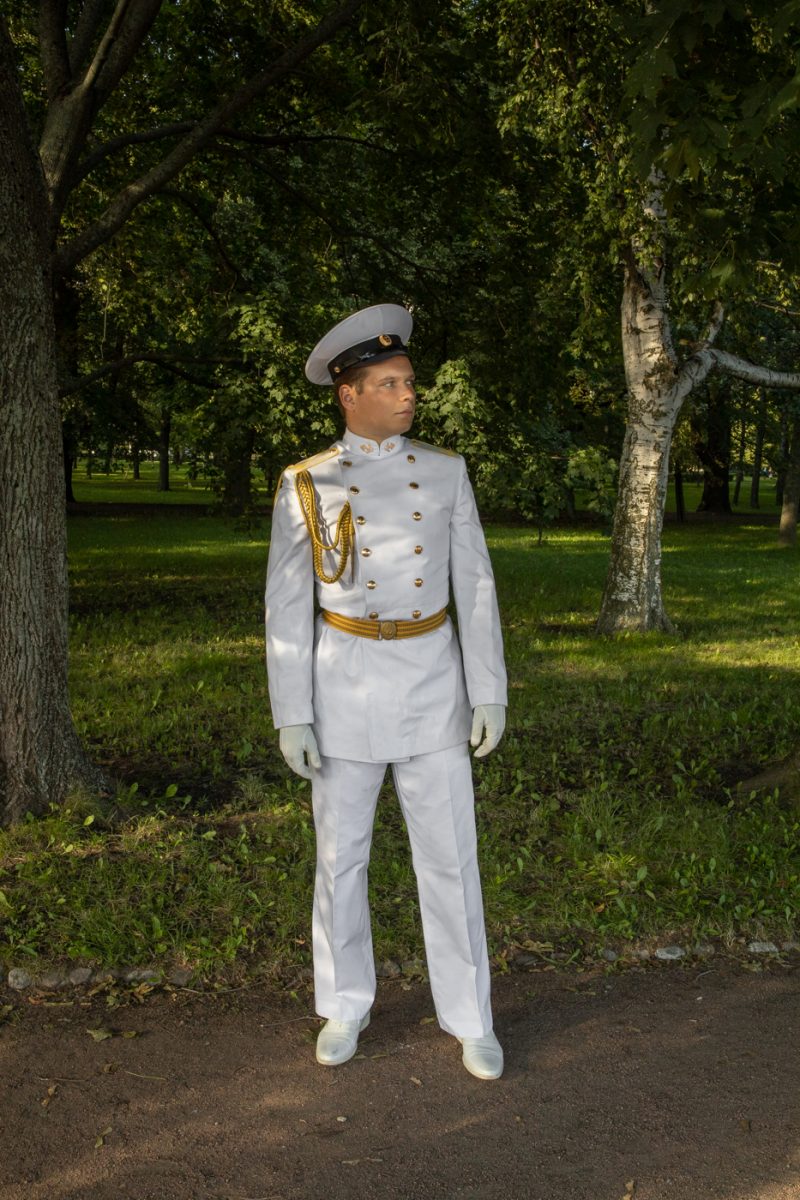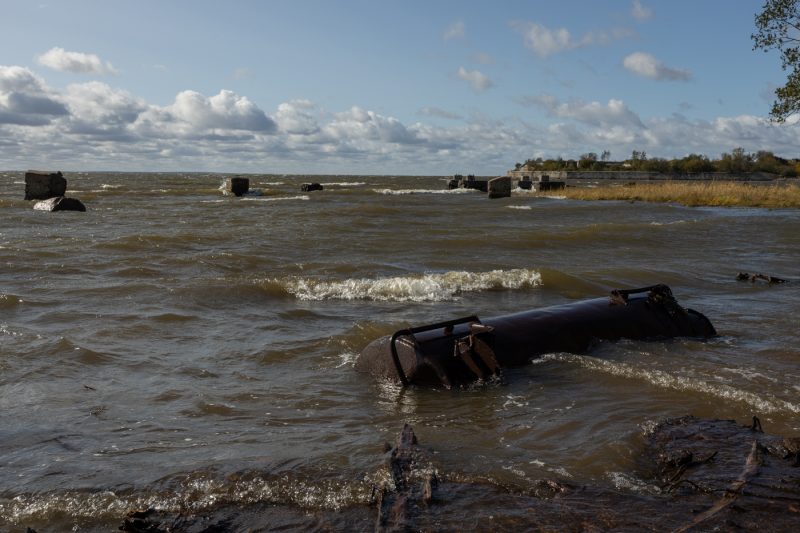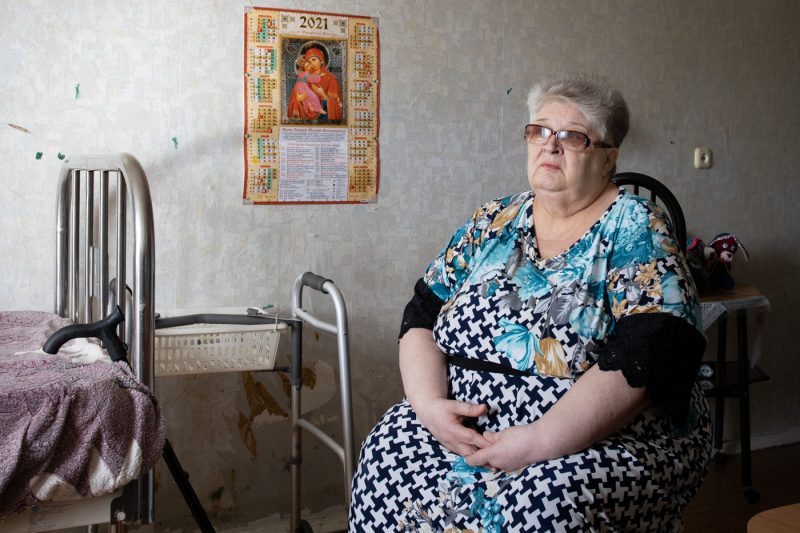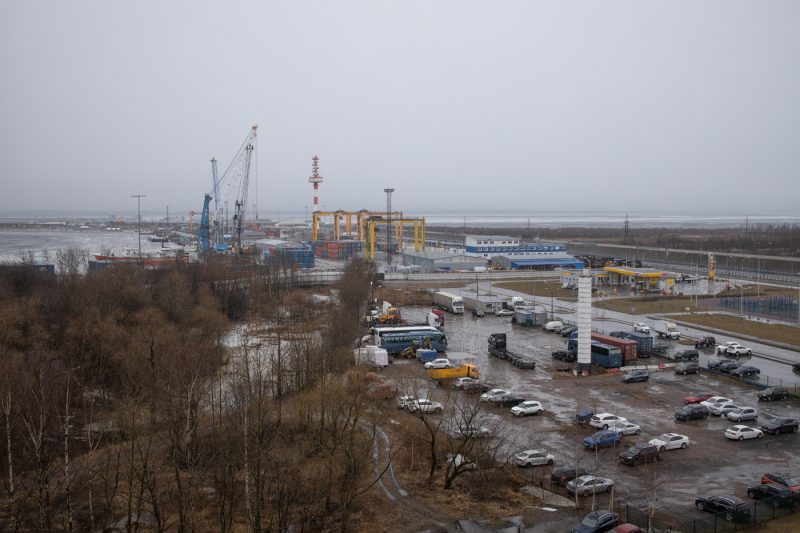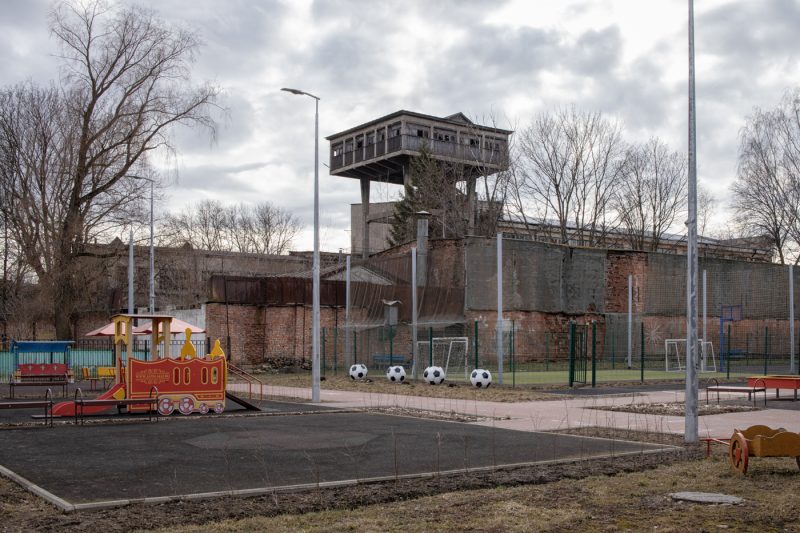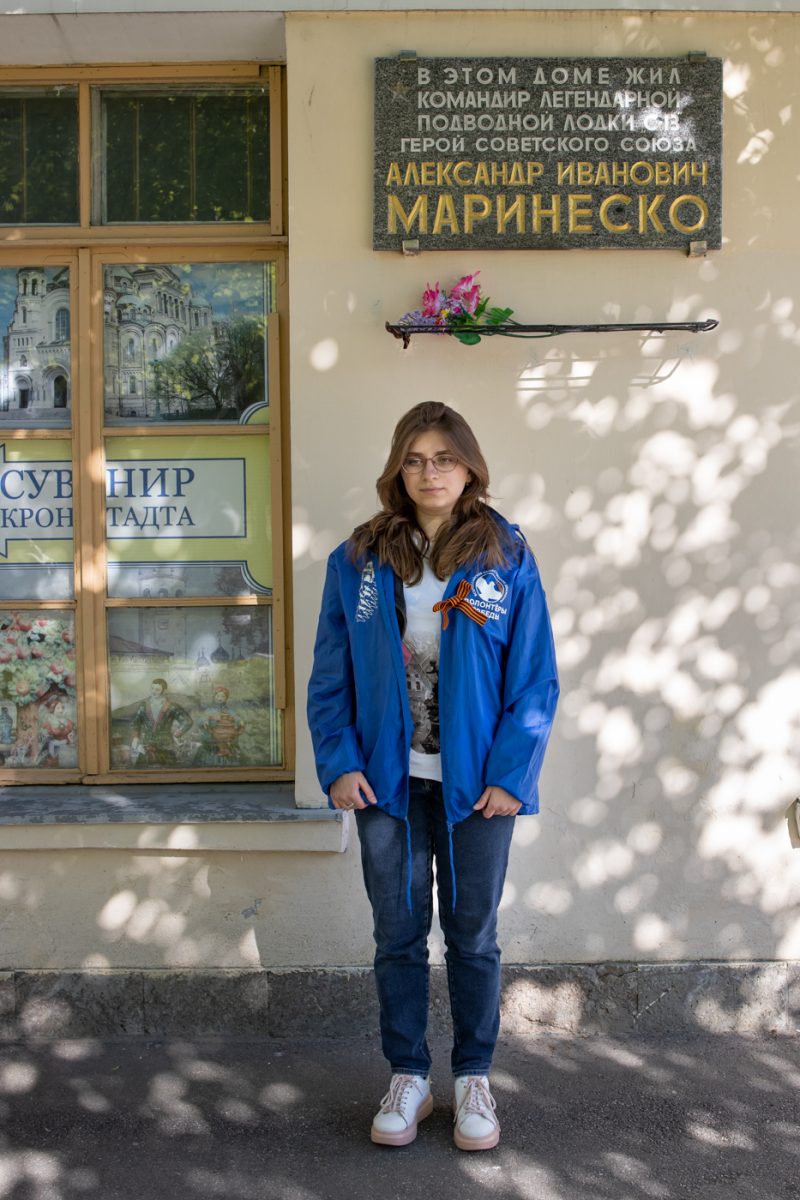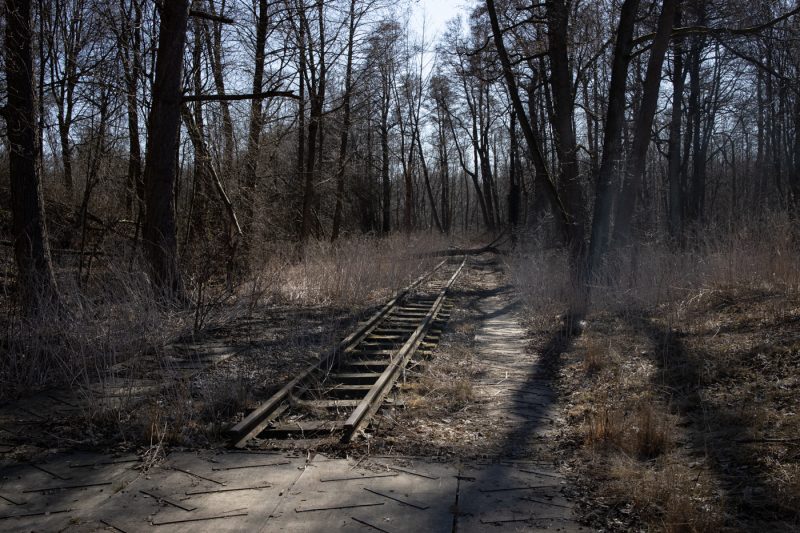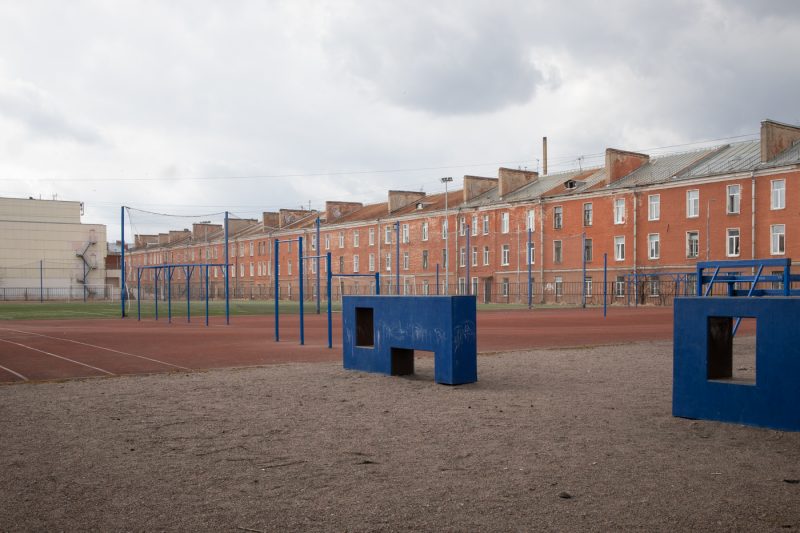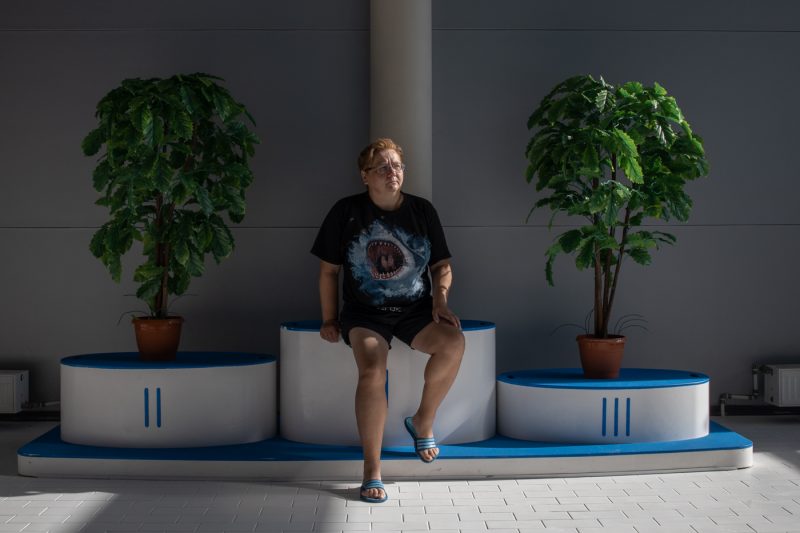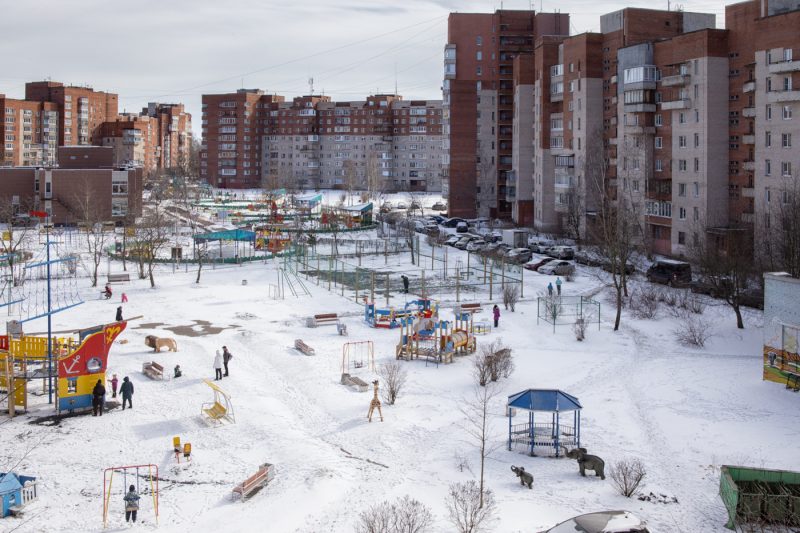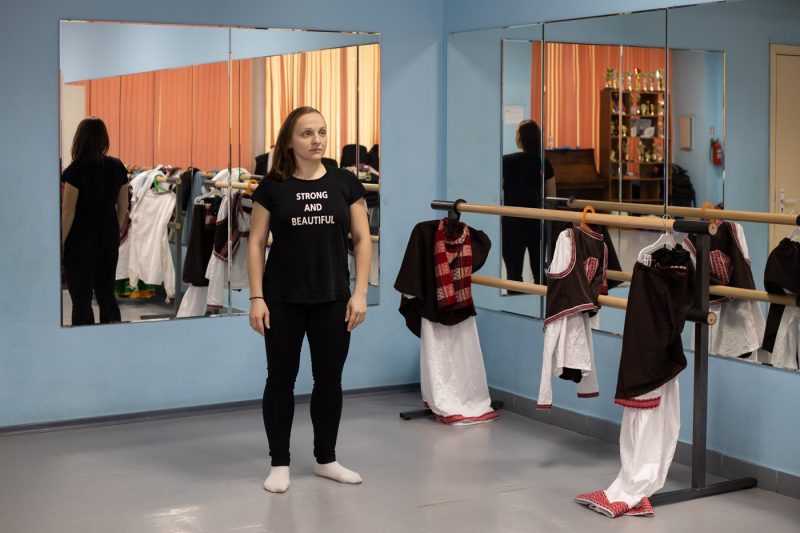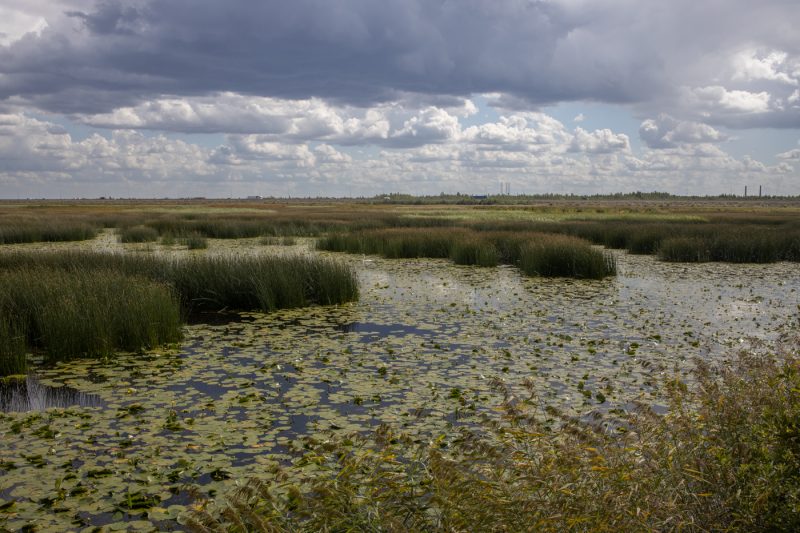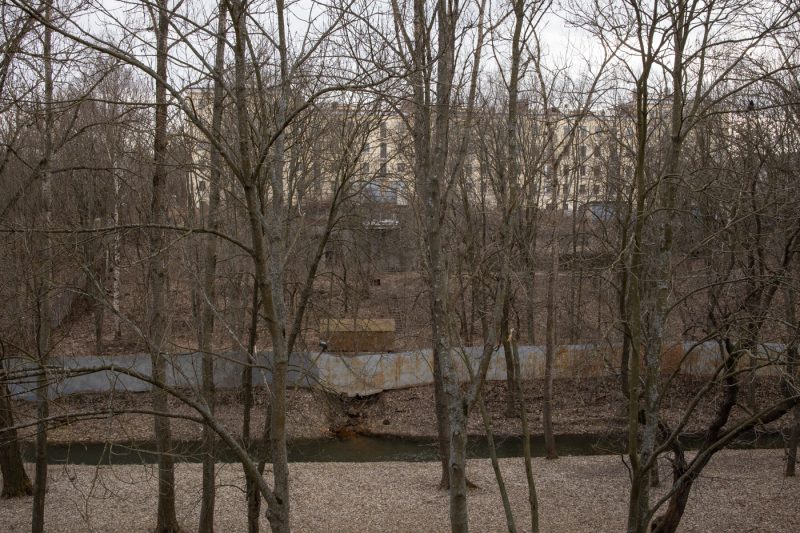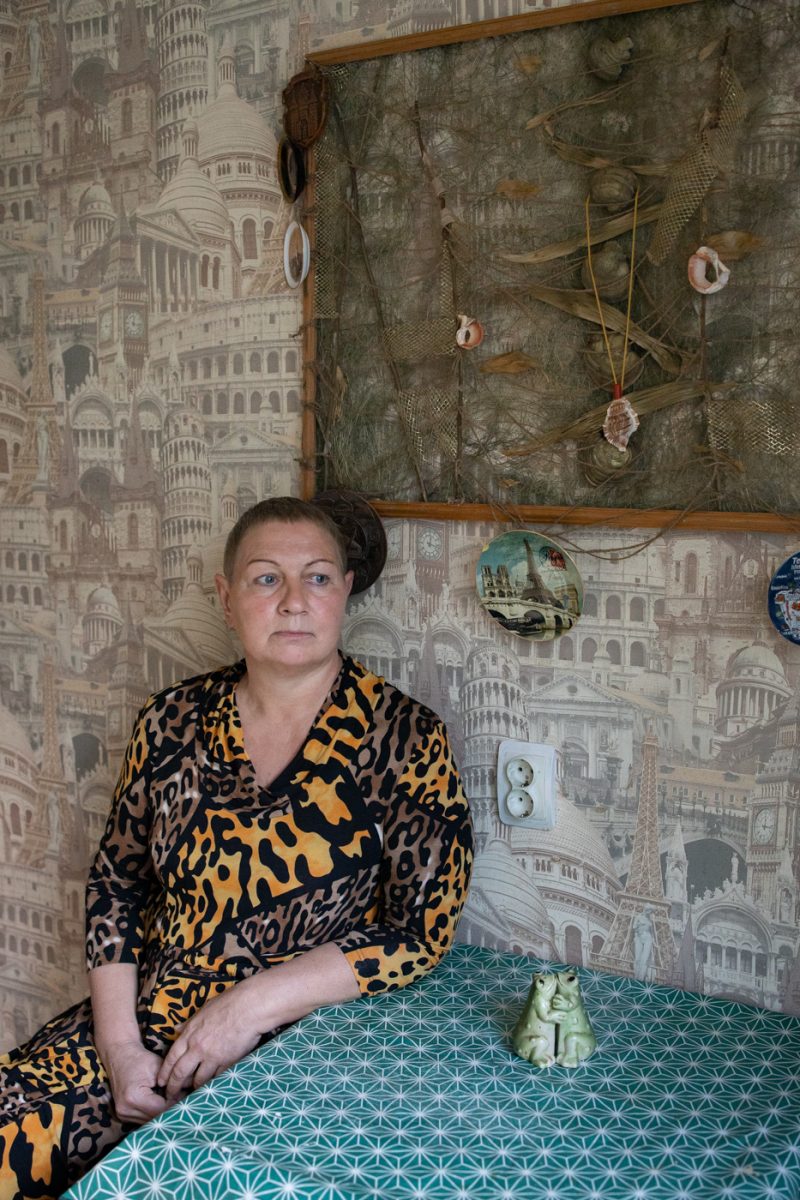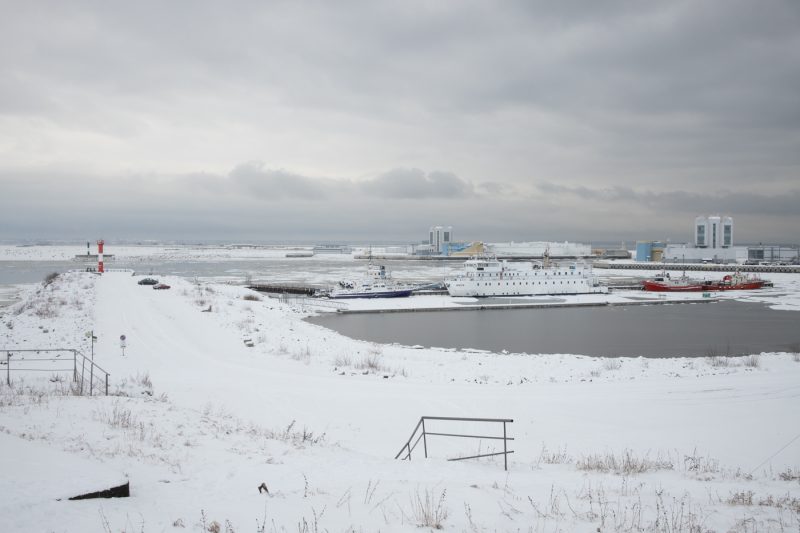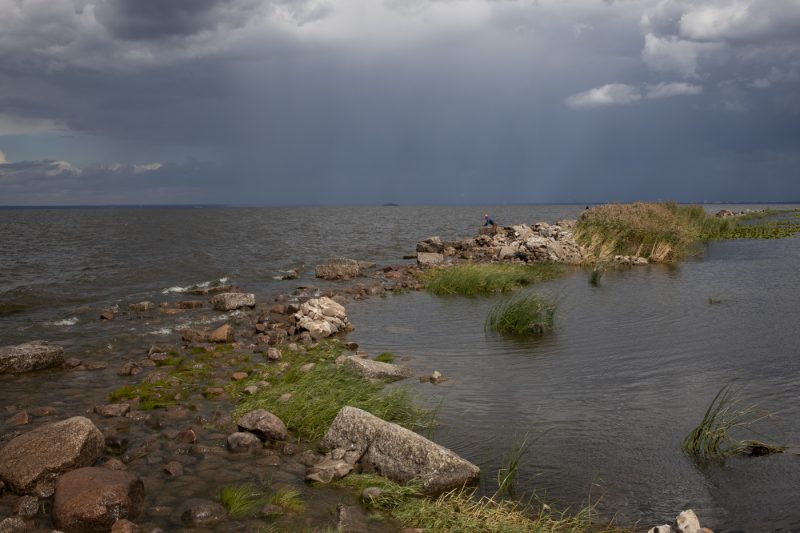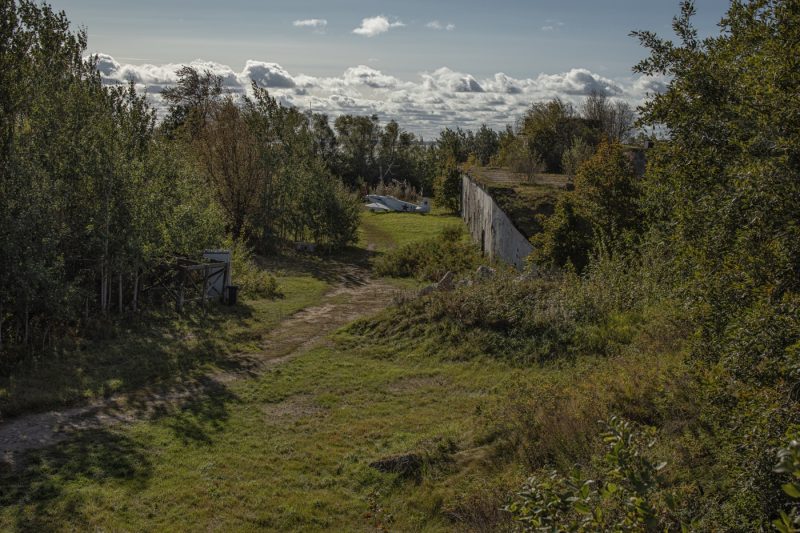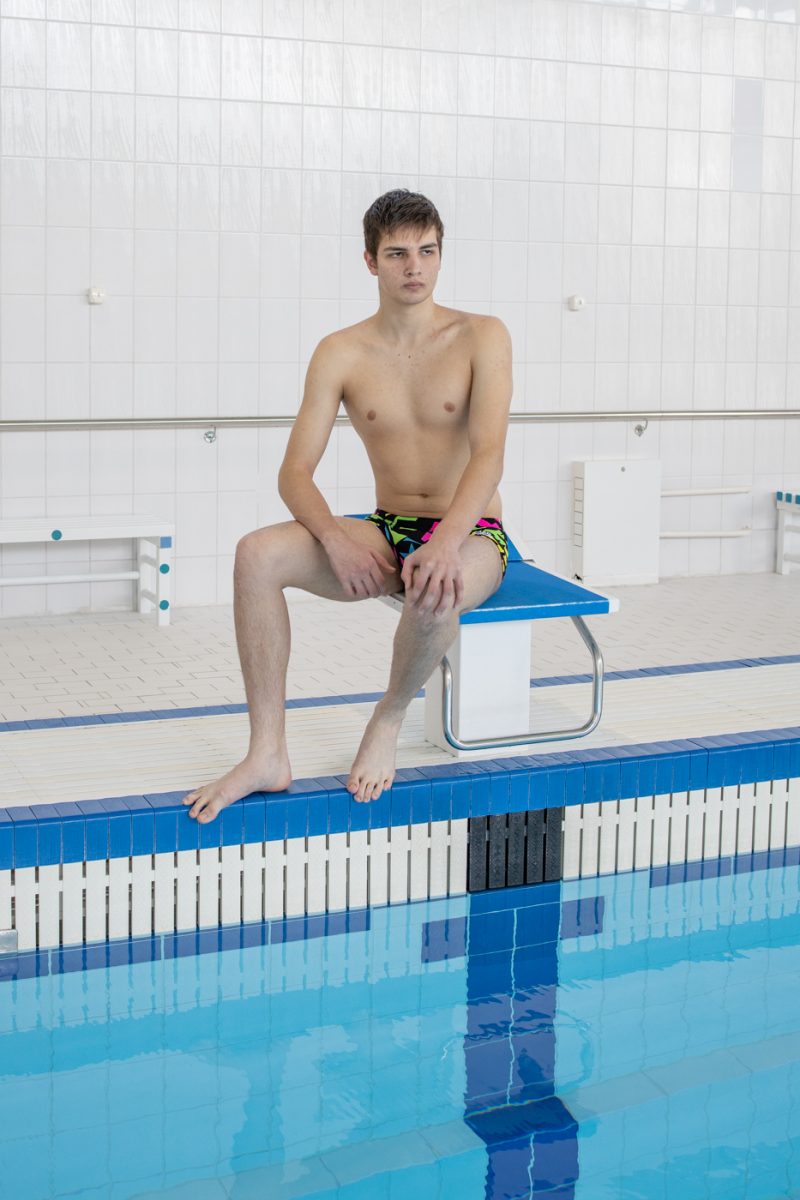KRONSHTADT: ANOTHER TOMORROW | 2021
In Soviet times, Kronshtadt, located on the Kotlin Island, was a closed military city, which could only be reached by water transport with special passes. I first visited here at the age of 9, when my father, a military man, issued such a pass for our family.
In 1996, almost immediately after the collapse of the Soviet Union, the city opened, but at the same time began to decline. Enterprises stopped, military facilities were emptied and destroyed, including the famous Kronshtadt forts. The construction of a dam, which connected the island with the mainland on both sides, did not greatly improve the situation. Except that there are now more fishing spots and more birds that hatch their chicks here.
In the last decade, Kronshtadt began to revive little by little, but it still retained the features of a typical post-Soviet provincial city, partly abandoned, partly as if unfinished. Living in neighboring St. Petersburg, I repeatedly came to Kotlin Island, finding a special charm both in its brutal coastal environment, referring to the historical past, and in its fragile nature.
But soon a lot will change here: good money has come to Kronshtadt. As part of the federal project to create an urban cluster “Land of Forts”, a Museum and Historical Park has already opened. In the near future, a new embankment, a yacht port, an oceanarium and other facilities will appear. Some of the historic buildings and forts will be restored. As a result, the former military fortress will turn into the largest island-museum in the world and this transformation will affect everyone who lives here.
In my work, I hasten to document this island town on the verge of change – the way the people of Kronshtadt know it themselves and little tourists know it. After all, it may happen that tomorrow there will be little left of the present Kronshtadt.

